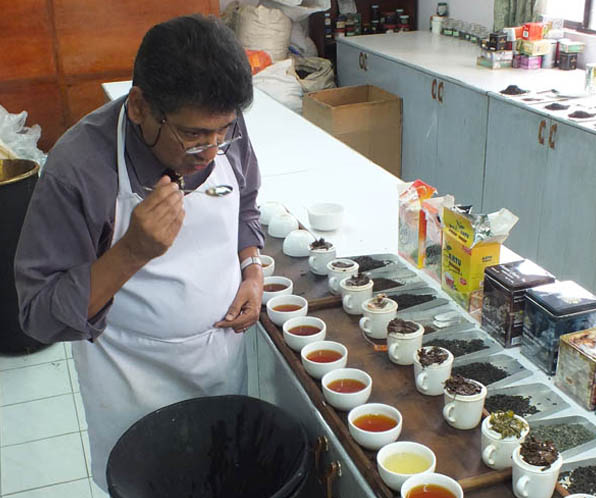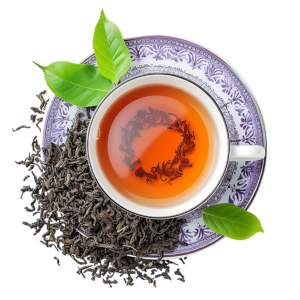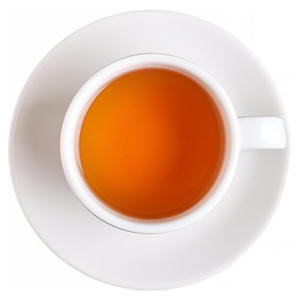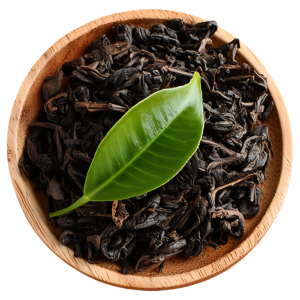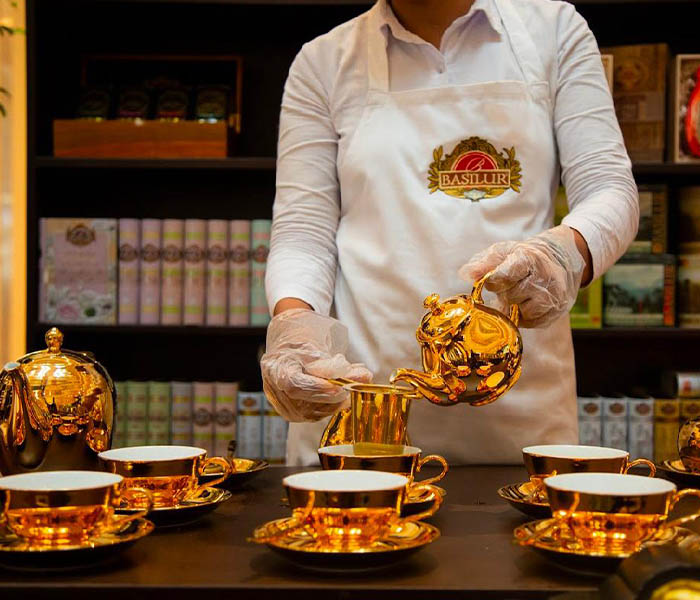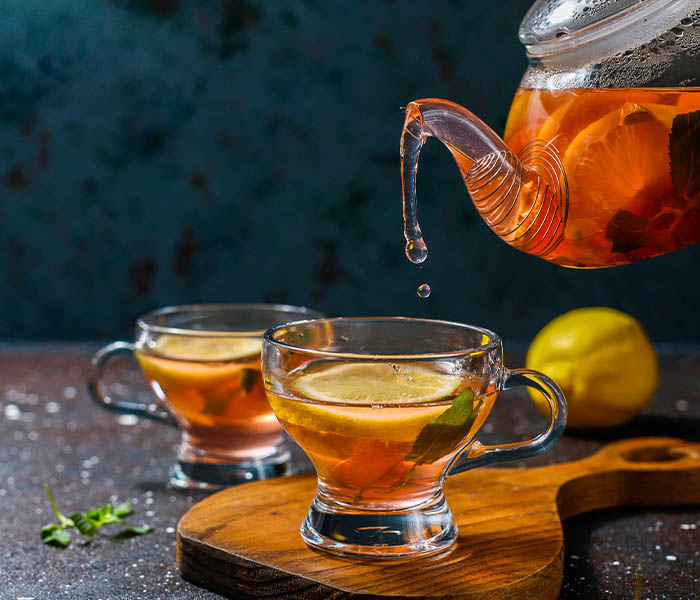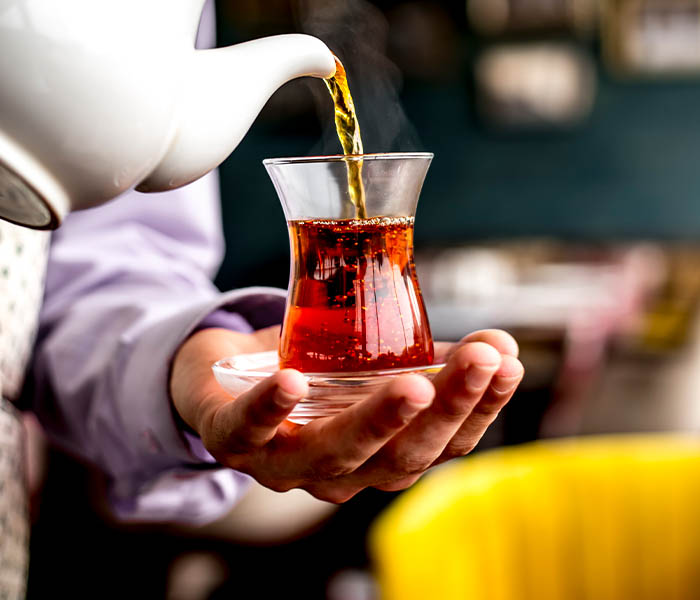Last Updated: 03/03/2025
1. Introduction
Welcome to Ceylon Tea Market (“Platform”). By registering as a vendor/supplier, you agree to comply with these Terms & Conditions, which govern your participation in the marketplace.
Ceylon Tea Market is a dedicated e-commerce platform promoting Pure Ceylon Tea, Tea Tourism, and Tea Training in the UK and Europe. This marketplace serves as a central hub for authentic Sri Lankan tea brands, connecting them with customers while upholding the highest industry standards.
2. Vendor Registration & Fees
2.1 Registration & Approval
To be eligible to sell on Ceylon Tea Market, vendors must:
Complete the registration process and submit required documentation.
Provide Business Registration Documents as proof of legal operation.
Submit a Sri Lanka Tea Board certification (where applicable) to verify product authenticity.
Ensure that all listed products comply with Sri Lanka Tea Board regulations.
Ceylon Tea Market reserves the right to reject, suspend, or revoke vendor registration at any time if compliance standards are not met or if a vendor violates these Terms & Conditions.
2.2 Fees & Subscription
To maintain an active store on Ceylon Tea Market, the following fees apply:
One-Time Onboarding Fee: £300 (payable upon approval of vendor registration). This fee covers platform setup, product verification, and listing support.
Annual Subscription Fee: £100 (payable upon renewal in Year 2). This ensures continuous platform access and marketplace benefits.
Transaction Fee: A 5% commission is deducted from each successful transaction to cover payment processing and platform services.
2.3 Premium Advertising (Optional)
Vendors can request premium advertising packages, including featured listings, targeted digital marketing, and social media promotions for additional exposure.
Promotional opportunities will be prioritized for premium and active vendors.
3. Product Listing & Compliance
3.1 Product Authenticity & Regulations
Vendors must sell only Pure Ceylon Tea, packed in Sri Lanka by a Sri Lankan-owned company.
Products must comply with Sri Lanka Tea Board regulations, including mandatory Lion Logo certification for eligible items.
Product descriptions, images, and details must be accurate, transparent, and compliant with UK consumer laws.
3.2 Misrepresentation & Non-Compliance
Any misleading product information may result in delisting or termination.
Vendors who fail to meet authenticity standards will have their accounts suspended or removed.
4. Order Fulfilment & Shipping
4.1 Order Processing & Shipping Time
Vendors must process and ship orders within 1-3 business days from the date of order placement.
Secure packaging is the vendor’s responsibility to ensure safe delivery.
Vendors must provide tracking details where applicable.
4.2 Shipping Guidelines
UK Deliveries:
Vendors must use Royal Mail Standard 1st or 2nd Class, which includes free online delivery confirmation.
Royal Mail UK Standard
International Deliveries:
Vendors must use Royal Mail International Standard or arrange courier services.
Royal Mail International Standard
If vendors prefer to use alternative delivery methods, they must coordinate with Ceylon Tea Market before implementation.
5. Payments & Transaction Fees
5.1 Payment Processing & Vendor Payouts
Ceylon Tea Market processes all payments securely through Stripe or PayPal.
Vendors must create and maintain an active Stripe or PayPal account to receive direct payouts.
Vendors are responsible for any third-party payment processing fees imposed by Stripe or PayPal.
5.2 Payout Terms
Payment settlements will be processed within 15 business days after an order is marked as completed.
Vendors must ensure updated banking and payment details to prevent payout delays.
6. Returns, Refunds & Cancellations
6.1 Damaged or Incorrect Orders
If a customer receives a damaged or incorrect product, Ceylon Tea Market will facilitate returns by coordinating with vendors to ensure a smooth resolution.
Customers must report damaged or incorrect items within 24 hours of delivery with photographic evidence.
Vendors must process refunds or replacements within 7 business days of a customer complaint.
Depending on the case, vendors must offer either a replacement or refund.
6.2 Customer Right to Cancel
Customers have the right to cancel their order within 14 days of receiving goods, as per UK Consumer Contracts Regulations 2013.
Customers must return products at their own cost, ensuring they are unused, unopened, and in perfect condition.
Vendors must process refund approvals within 14 working days upon receiving the returned item.
Delivery charges are non-refundable.
6.3 Refund Processing
All refunds will be issued to the original payment method used for the order.
Vendors must respond to refund requests within 3 business days to avoid disputes.
Vendors can contact info@ceylonteamarket.com for any return or refund-related concerns.
7. Vendor Responsibilities & Code of Conduct
Vendors must uphold ethical and professional business practices.
False advertising, misrepresentation of products, or failure to comply with regulations will result in immediate suspension or termination.
Vendors must maintain high customer service standards, responding promptly to customer queries and complaints.
8. Account Suspension & Termination
8.1 Grounds for Termination
Ceylon Tea Market reserves the right to suspend or terminate vendor accounts if:
Vendors fail to process orders within 1-3 business days.
Vendors do not meet quality standards required by the Sri Lanka Tea Board.
Vendors receive repeated customer complaints or disputes.
Vendors fail to maintain an active Stripe or PayPal account for payment processing.
8.2 Notice of Termination
Vendors will receive formal written notice regarding any compliance violations.
If the issue is not resolved within the stipulated timeframe, permanent removal from the platform may occur.
9. Intellectual Property Rights
Ceylon Tea Market is the sole owner or lawful licensee of all platform content, logos, and trademarks.
Vendors may not copy, use, or reproduce site content for commercial purposes without prior permission.
10. Legal Notices & Dispute Resolution
All legal notices and disputes must be submitted via email or certified mail to Ceylon Tea Market.
Vendors are responsible for resolving disputes directly with customers.
If required, Ceylon Tea Market may mediate disputes but does not assume liability for customer claims.
11. Amendments to Terms
Ceylon Tea Market reserves the right to modify or update these Terms & Conditions at any time.
Vendors will be notified of significant changes before they take effect.
Continued use of the platform constitutes acceptance of the revised terms.
12. Contact & Support
For any inquiries regarding vendor registration, fees, compliance, or policies, please contact:
📧 info@ceylonteamarket.com
📞 +44 7513 777 773
By registering as a vendor on Ceylon Tea Market, you confirm that you have read, understood, and agreed to abide by these Terms and Conditions.
